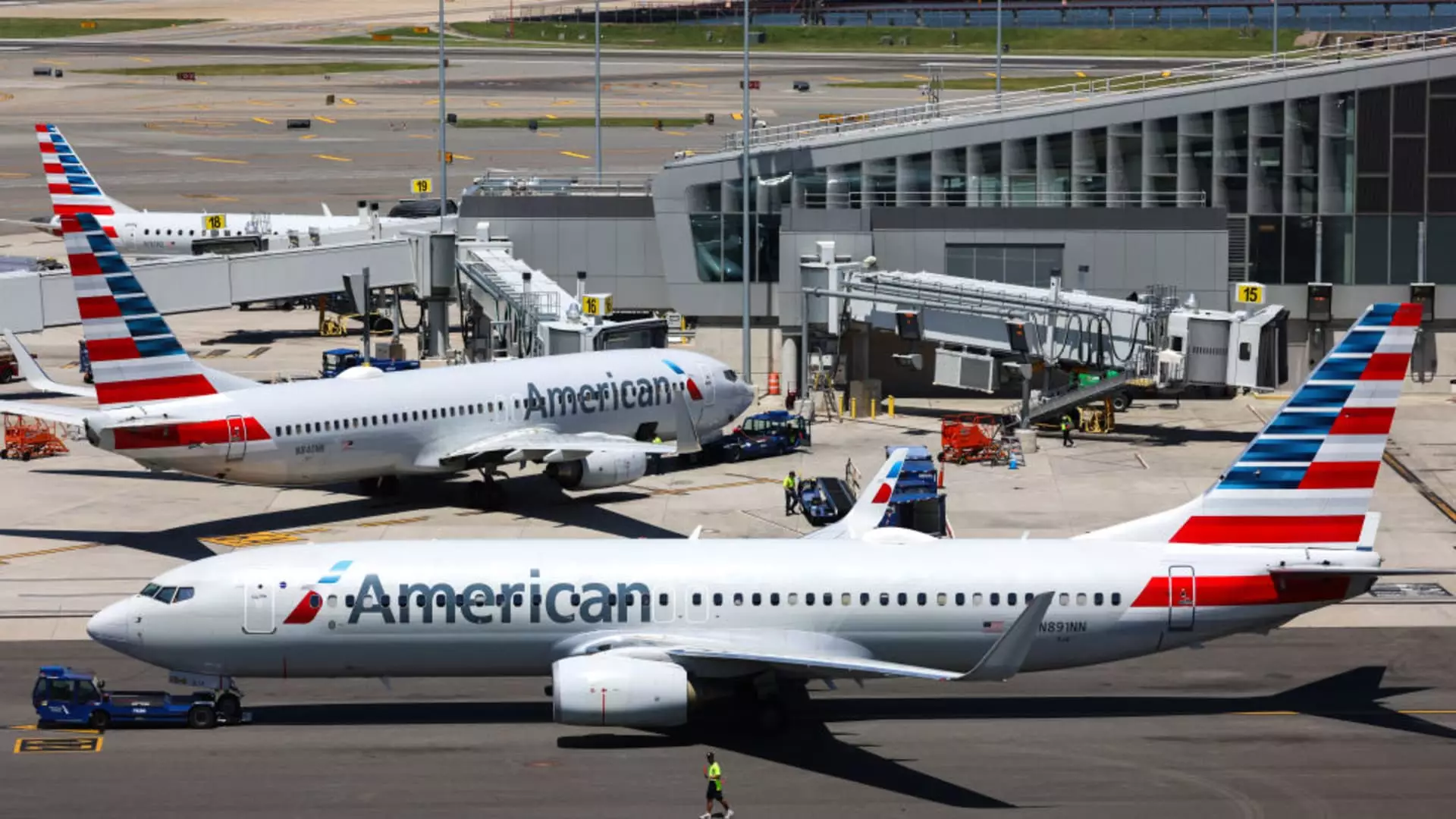The potential partnership between American Airlines and Citigroup marks a significant moment in the airline’s financial landscape. By seeking to appoint Citigroup as its exclusive credit card partner, American Airlines is fundamentally restructuring its business relationship with financial institutions, moving away from its long-time connection with Barclays. This article will delve into the implications of this potential partnership and the broader context of credit card co-branding within the airline industry.
Co-branding agreements between airlines and financial institutions are highly competitive and strategically important. They offer banks access to a dedicated customer base that generates substantial transaction volumes, translating into significant revenue opportunities. However, the negotiations surrounding these deals are complex and often contentious. Each party seeks to maximize its share of the revenue generated through interest, fees, and cardholder spending.
As corporations become increasingly savvy, they demand better terms, leading to a deteriorating willingness from some banks to participate in these lucrative but challenging partnerships. American Airlines is no stranger to this arena; its pursuit of an exclusive agreement with Citigroup illustrates the need to consolidate its financial operations under a single, potentially more profitable issuer.
The payment landscape is undergoing transformation, with rising inflation and economic pressure curbing discretionary spending in the travel sector. Nevertheless, airlines like American are still benefiting from credit card rewards programs, which have proved vital during periods of reduced travel demand, such as the pandemic. As travelers accrued miles through card usage while minimizing actual flights, the dynamics of spending shifted significantly in favor of airline partnerships.
However, despite having one of the largest loyalty programs, American Airlines does not currently dominate its financial relationships within the industry. Rivals such as Delta Airlines report higher revenue from their credit card partnerships, emphasizing that American Airlines still has work to do in optimizing its financial agreements to boost revenue from its loyalty programs.
The Current State of Negotiations
American Airlines’ negotiations with Citigroup have far-reaching implications, especially as they come at a time when regulatory scrutiny of the financial services industry is intensifying. Potential objections from regulators, including the Department of Transportation, could complicate or even prevent the transition away from Barclays altogether. Should the new agreement fall through, American would likely need to make do with its existing partnerships, which may not provide the financial dynamism the airline seeks.
The implications of the partnership extend beyond mere numbers; it represents a paradigm shift in American Airlines’ approach to its loyalty program. By consolidating their banking relationships, airlines can streamline operations, enhance customer experiences, and ultimately boost profitability through more focused marketing strategies.
Citigroup, under the leadership of CEO Jane Fraser, has positioned itself as an aggressive player in the co-branded credit card market. Fraser has emphasized the need to reclaim market position and improve the firm’s profitability in this segment. The potential partnership with American Airlines aligns with this strategic vision, as American’s cardholders tend to exhibit higher spending prowess and lower default rates compared to Barclays’ clientele.
The design of any new contract would likely span seven to ten years, allowing Citigroup ample time to recoup costs associated with the transition and invest in relationship-building strategies aimed at enhancing customer loyalty and engagement. This long-term perspective is indicative of Citigroup’s commitment to fostering enduring partnerships in a competitive market.
As Barclays potentially exits the airline partnership arena, the company is making a concerted effort to diversify its portfolio by seeking new partnerships not limited to airlines. By targeting sectors such as retail and technology, Barclays aims to reduce its dependence on a market that is increasingly characterized by stringent regulatory environments and fluctuating consumer preferences. This diversification may also reflect their recognition of the challenges facing traditional airline partnerships, fueling further interest in more stable revenue channels.
In summation, American Airlines’ prospective partnership with Citigroup signifies a pivotal moment in the airline’s approach to maximizing revenue from its loyalty program. As the company seeks to navigate a complex financial landscape marked by regulatory challenges and evolving consumer behavior, the outcome of these negotiations could redefine its financial stability for years to come. The balance between maintaining attractive rewards for customers and ensuring profitability will remain central to American Airlines as it repositions itself within the competitive airline industry.

